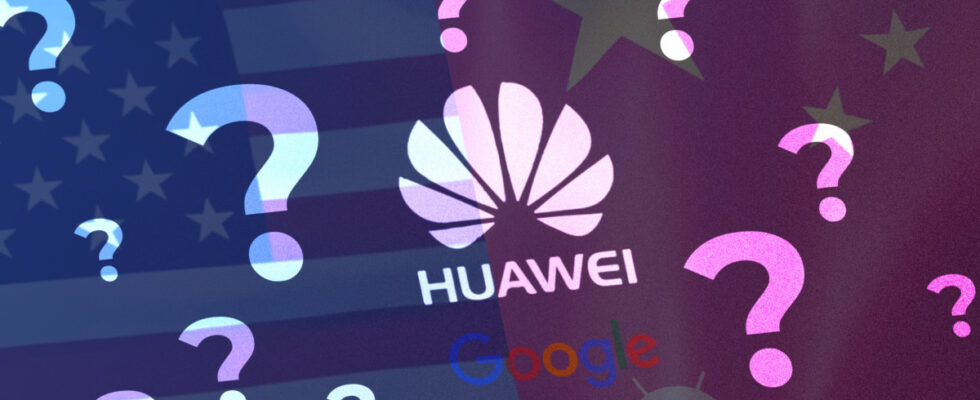In 2019, the United States applied an embargo against Huawei which still has very serious consequences for the smartphone market. And while the Chinese brand seems to be preparing a big comeback, we tried to look back on these four eventful years.
Embargo, espionage and geopolitical tensions… Few stories are as incredible as the battle between Huawei and the United States. Especially when the series has such serious consequences spanning so many years (and it’s still not over)! It really has all the ingredients of an incredible story.
However, we must admit that it can be difficult to navigate the multitude of events that have followed one another. Frandroid therefore decided to retrace this story in order to see it a little more clearly. Especially since there is more and more talk of a strong comeback for Huawei on the smartphone market. It is therefore important to understand all the issues.
Our video summary of the Huawei affair
The shock: Huawei is deprived of the Play Store and Google applications
Let us recall the basis of this matter. More than four years ago, on May 19, 2019, the first information came out: the administration of President Donald Trump would have placed Huawei on a blacklist. The company would no longer have the right to work with American firms. At this time, uncertainty still looms, but everything suggests that the Chinese brand’s smartphones can no longer pre-install either the Play Store or Google applications.
However, these are essential elements in the Android experience (outside China). Even if the OS is open source, it is the Mountain View firm that develops it and does everything to put its stamp on it. In other words, a brand of Android smartphones that can no longer benefit from the Google ecosystem necessarily offers a significantly degraded user experience.
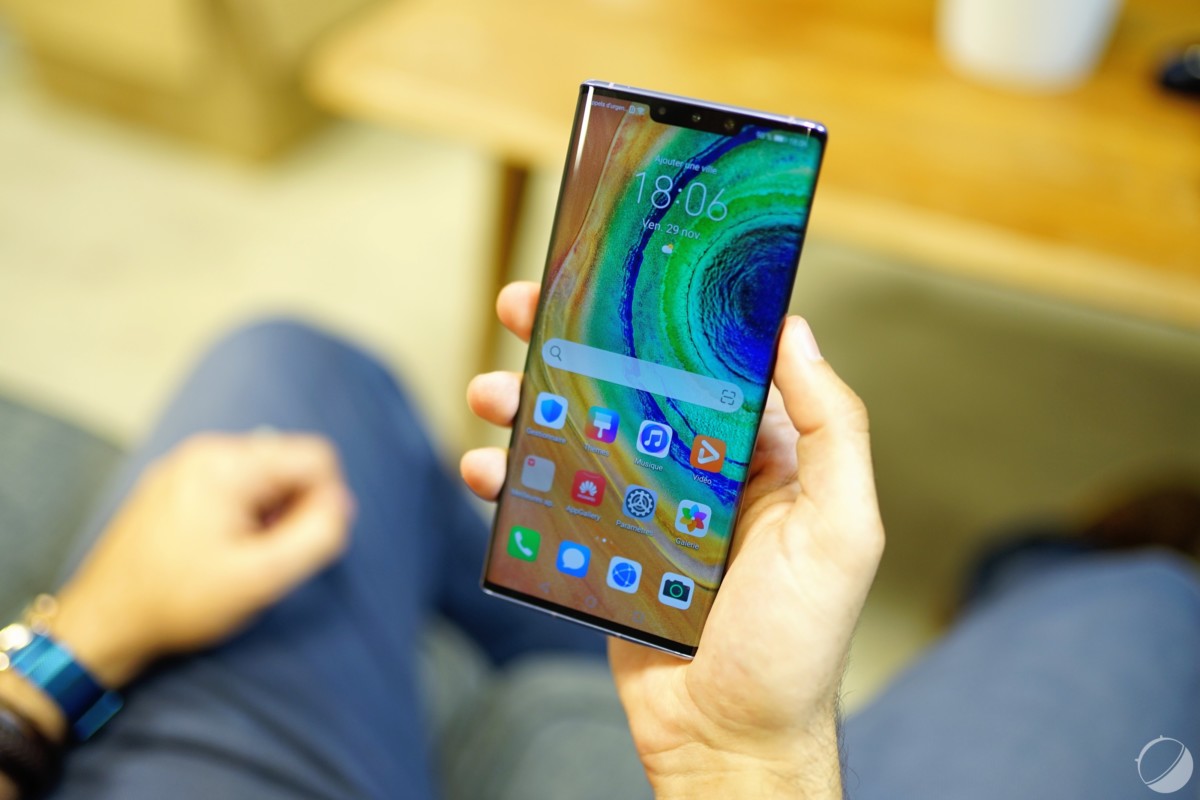
This is unheard of. The next day, May 20, 2019, the decision was confirmed. Huawei loses its Android license from Google. If the smartphones already marketed by the brand – and Honor, a subsidiary of the group at the time – the new models launched immediately suffer from a huge handicap: neither Play Store, nor Gmail, nor YouTube.
In addition, a large number of third-party applications using Google services or tools become unusable or almost unusable. Example: Pokémon Go which is unplayable or Netflix where HD quality for videos is inaccessible.
The beginnings: the accusations of the United States
This American sanction against Huawei does not come out of nowhere. Rather, it crystallizes an inexorable rise in tensions between the Chinese giant and the United States. From the beginning of 2018, American intelligence services said they were very worried about Huawei. The CIA, NSA and FBI accused the group of carrying out espionage operations on behalf of China.
Shortly after, the country’s authorities already made it almost impossible to sell Huawei smartphones in the United States and the use of the company’s equipment was very limited.
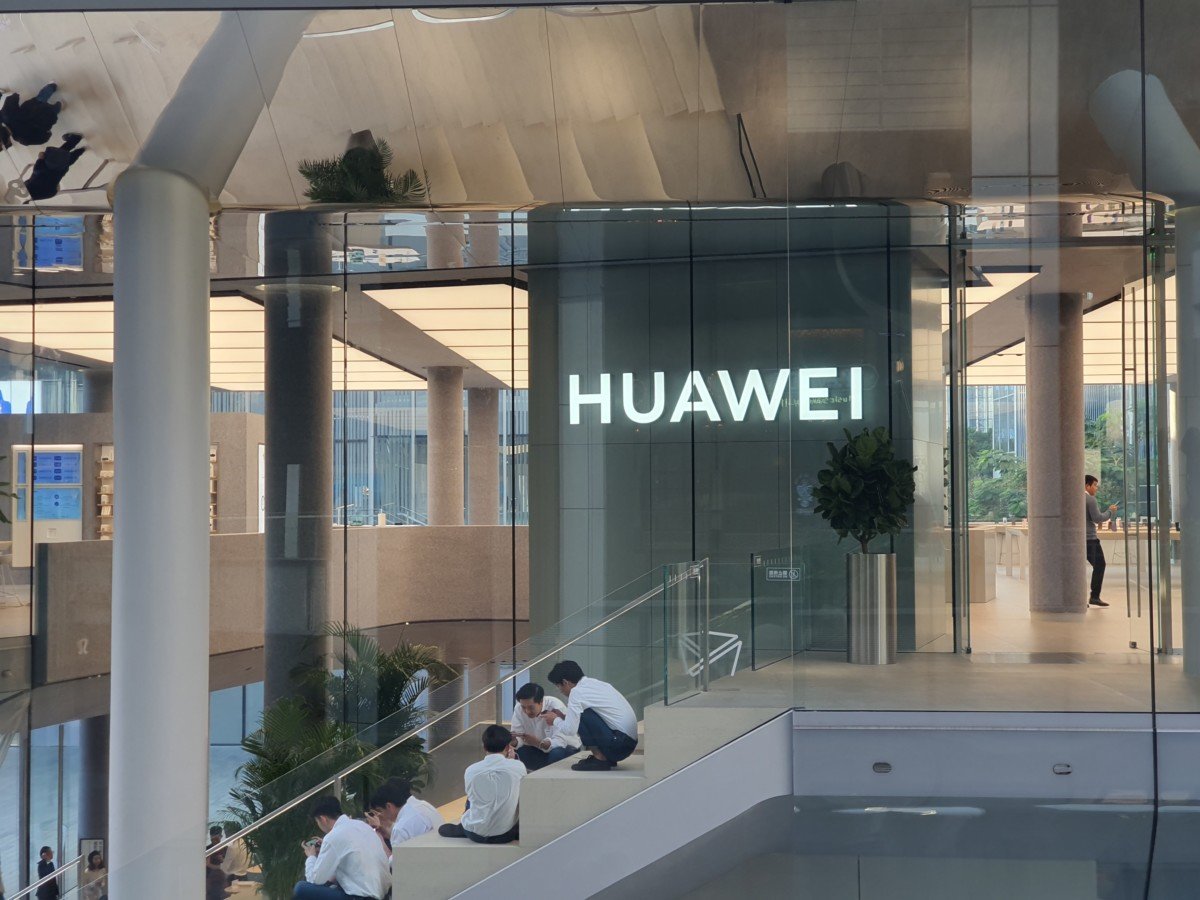
In this regard, it should be noted that the suspicions of American intelligence relate mainly to Huawei’s telecommunications infrastructure. The latter is in fact a major player in the sector, both on 4G and 5G. It would therefore be the antennas which would serve as spying tools. Obviously, the general public will especially remember the consequences on smartphones which affect them more directly.
The context: Washington vs Beijing
This American distrust of Huawei must also be placed in a more global context. It will have escaped no one’s notice that, in the global geopolitical game, two superpowers stand out: the United States and China. However, competition between the two countries has intensified over the years, on the economic, military, diplomatic, but also technological levels.
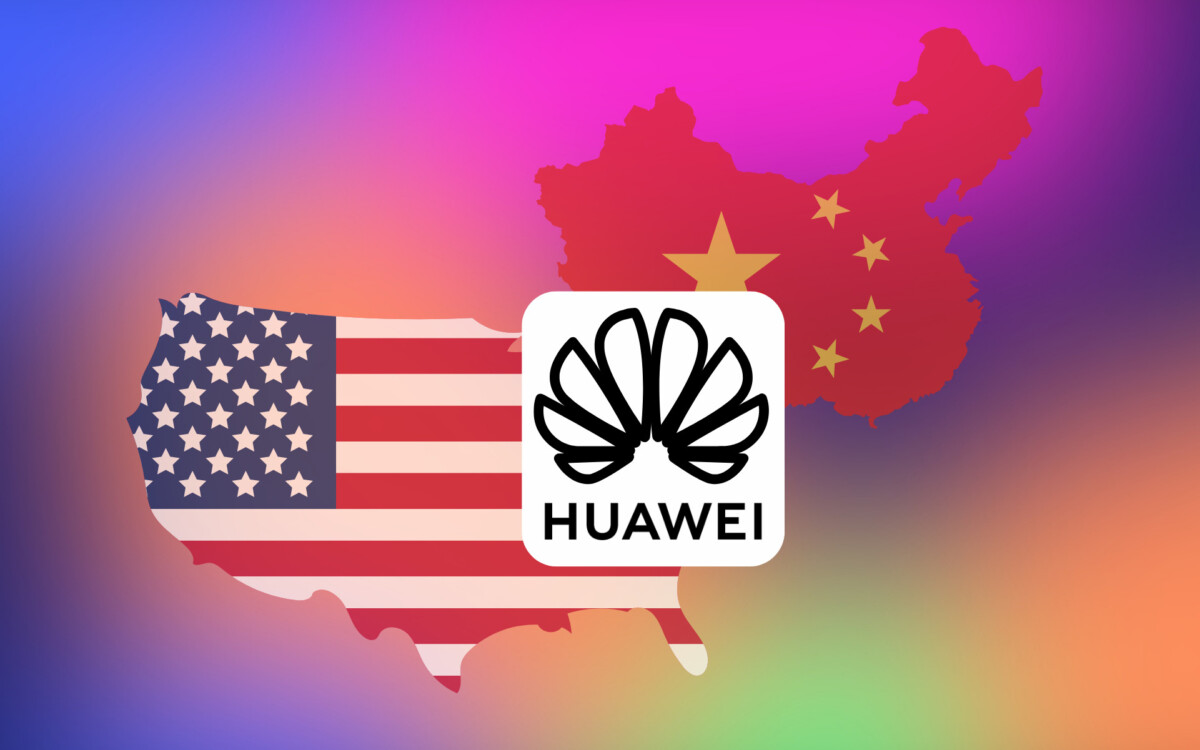
As for smartphones, also note that 2018 is a particularly good year for Huawei, which occasionally occupies the world number 2 position to the detriment of Apple, the American champion. It would be totally fallacious to summarize the motivations for the embargo as this simple competition between the two countries and the two brands, but this inevitably adds fuel to the fire.
The consequences: the decline of Huawei
Paradoxically, the American embargo mainly affects Europe. It is in fact on the Old Continent that Huawei is banking heavily on its international development. In China, its users have long been accustomed to the Android experience without Google – which is banned there. In the United States, the brand was just starting to launch before having the rug pulled out from under its feet.

On the other hand, Europe was a very promising market for Huawei. The manufacturer has therefore tried for a long time to hang on by multiplying tricks and doubling its ingenuity to compensate for the absence of Google services. In vain. For the general public, the user experience was too exotic, too restrictive to be able to continue purchasing or recommending smartphones.
In 2020, the embargo tightened even further by preventing foreign companies from supplying Huawei with components based on American technologies. This severely affects the Chinese group’s production lines, unable to equip its phones with 5G compatible chips. A shame for a telecoms juggernaut.
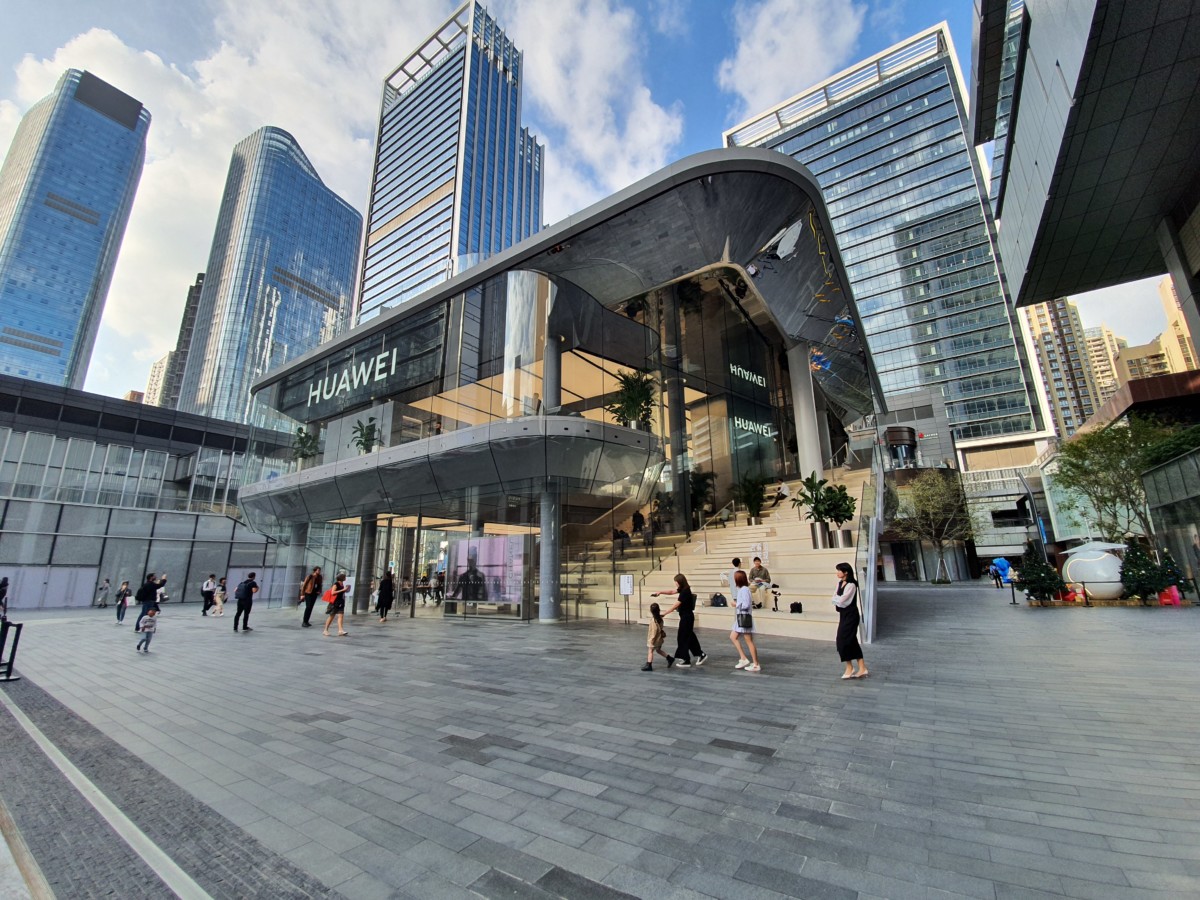
Result: Huawei is experiencing an inevitable decline in Europe, but also in China. This situation will even push the group to admit that “[sa] strategy is survival“.
The return: Huawei is heading back up the slope
At this time, the situation is obviously disastrous for Huawei which seems to have no prospects. However, the giant does not give up. The group is launching its own HarmonyOS operating system, mainly used in China, and is separating from its subsidiary Honor (which thus regains Google services).
However, it is mainly in 2023 that the response begins to take shape. To circumvent the American embargo, the firm claims to have succeeded in replacing up to 13,000 components by relying on Chinese partners and technologies. We also learn that Huawei has actually created a secret network of factories to obtain supplies as it sees fit.
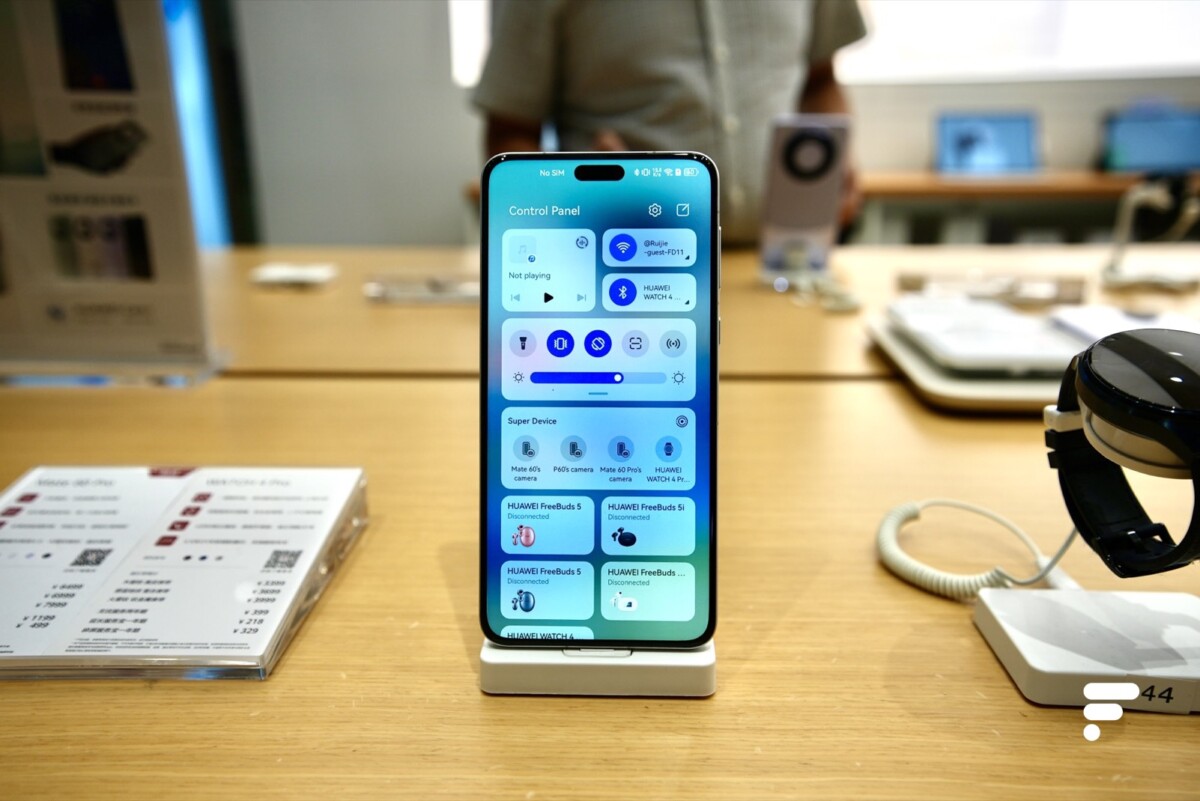
At the start of the school year, the release of the Mate 60 Pro is attracting all eyes. This high-end smartphone launched in China is indeed 5G compatible. Something that seemed impossible with American sanctions. This immediately arouses suspicion: how could Huawei have achieved such a feat without violating the embargo?
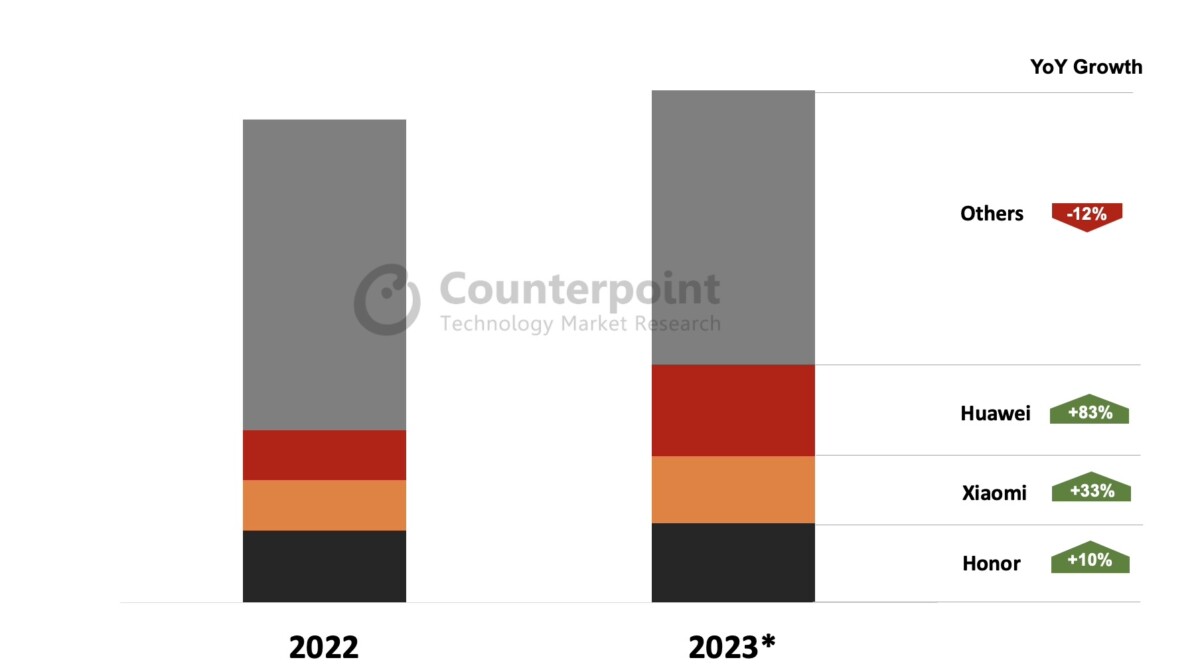
So far, no new sanctions have been imposed and Huawei above all seems to have been very astute. And the brand has something to smile about again: its Mate 60 Pro is very successful in China.
The sequel: a story far from over
The US embargo against Huawei has lasted four years and is likely to drag on. However, if in the beginning, the balance of power seemed clearly to tilt in favor of Uncle Sam, the Chinese company is increasing the signs of a comeback.
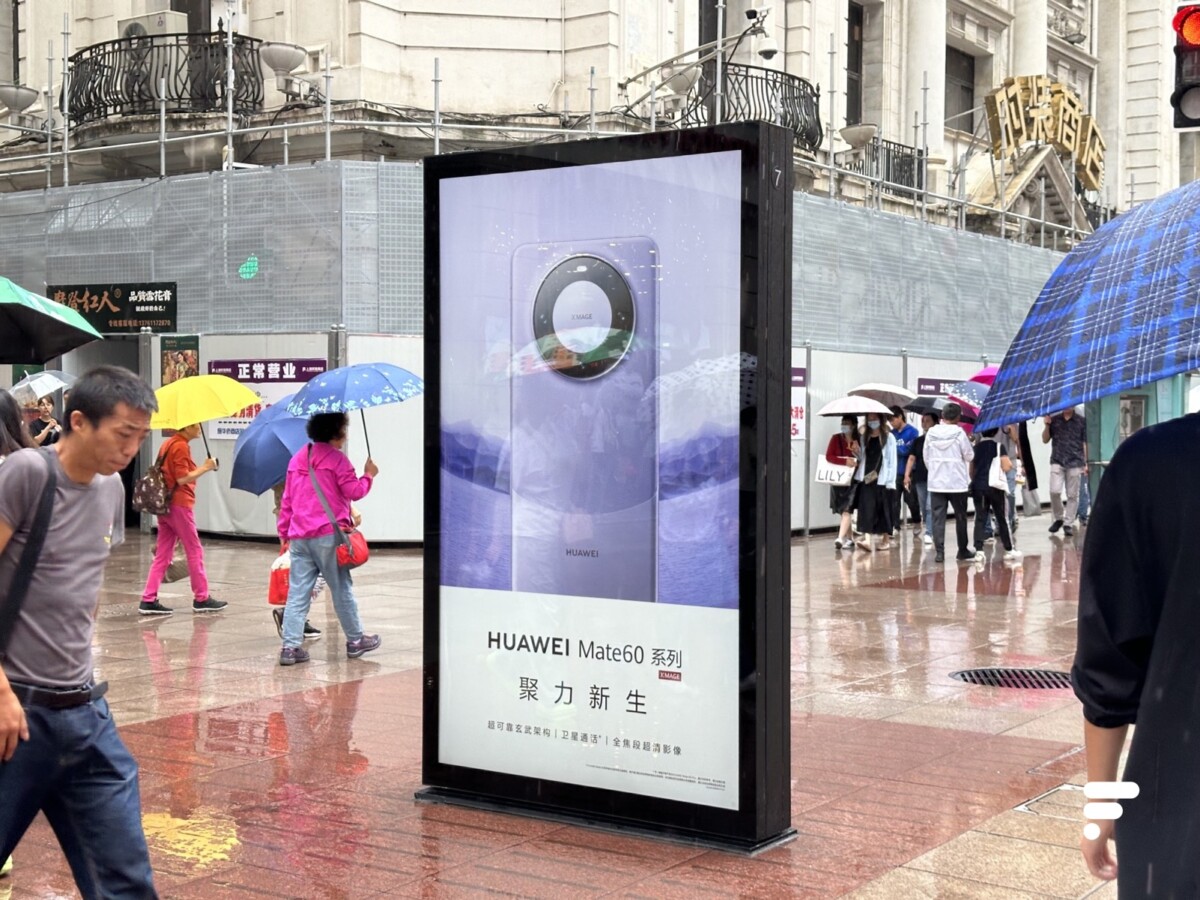
To the point where we no longer wonder when Huawei will give up and give up. We are rather trying to find out if the brand will be content to remain in its domestic market, China, or if it is completely considering a new breakthrough abroad. Let the fans not get excited, the embargo remains a major obstacle to the manufacturer’s ambitions and we imagine that the United States still monitors the firm very closely.
Whatever happens, it’s a safe bet that what happens next will be just as incredible.
